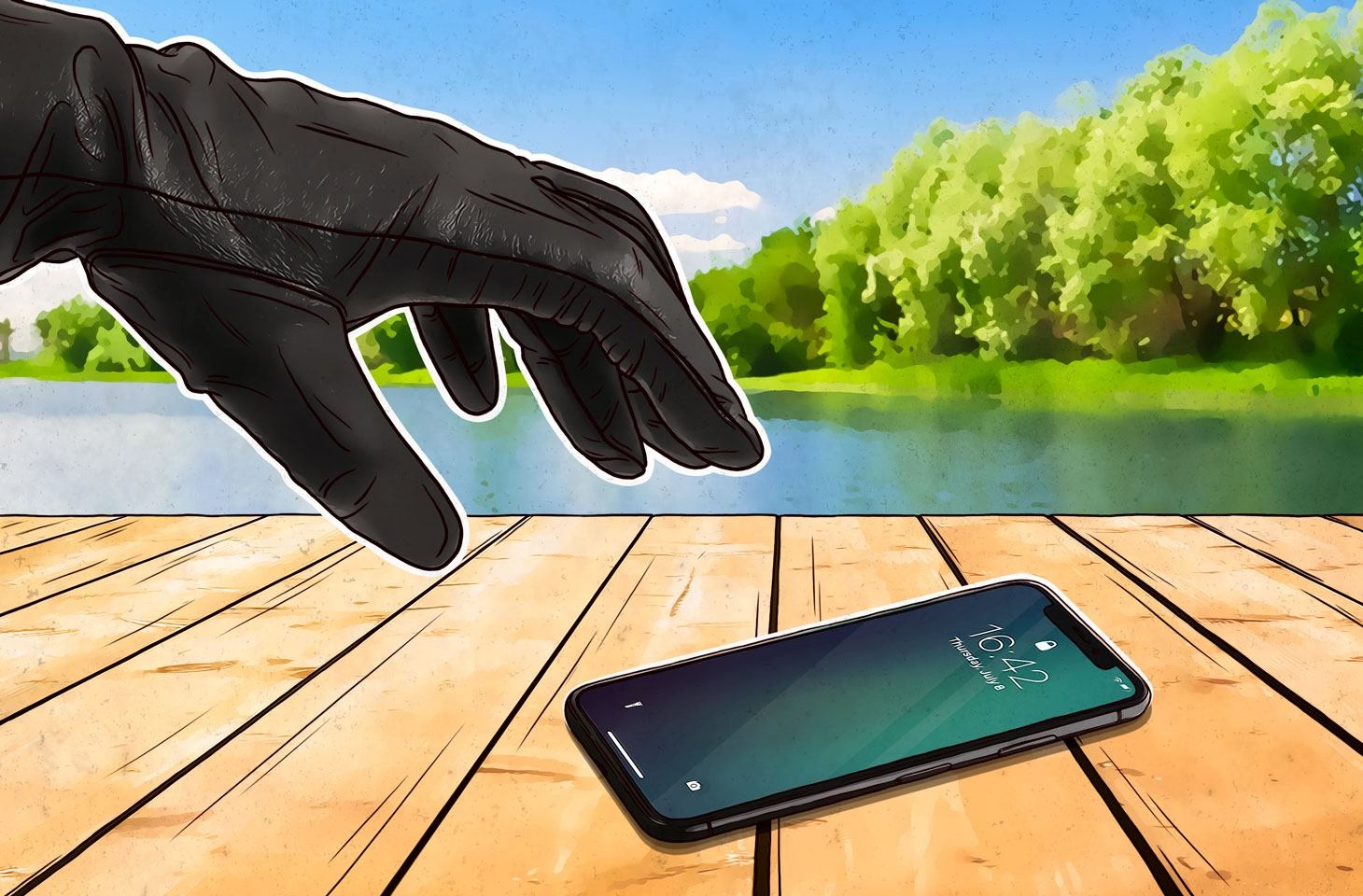 |
In a hidden corner of Huaqiangbei District, a famous e-commerce center in Shenzhen (China), there is a building called Feiyang Times with a gray, old appearance, hidden among the bright signs and bustling people. From the outside, no one would think that this place is the final destination for thousands of stolen iPhones in the UK, the US and France.
But in the underground tech world, this is known as the “stolen iPhone building,” according to the Financial Times .
Inside the building’s third and fourth floors, small glass counters are packed with people jostling to buy and sell used phones. They come from all over: the Middle East, Southeast Asia, South Asia, Africa… Most of them are traders, buying goods in large quantities to redistribute to their own markets.
The iPhones were stacked in piles, of all ages and states: 98% new, not activated, repaired, network locked, even iCloud locked. Few sellers knew or wanted to talk about the origin of the phone number. The most common answer was: “I don’t know, I just sell.”
 |
The stalls inside the second floor of the "stolen iPhone building". |
The Journey of a Stolen Phone
One midweek evening, British tech entrepreneur Sam Amrani had just finished work and was texting on WhatsApp on Kensington Street when two men on an electric bike suddenly approached him and snatched his four-month-old iPhone 15 Pro.
The story seemed destined to be forgotten, but Amrani decided to track the device’s journey using the location feature. Within a few days, his phone was determined to have passed through a repair shop in London, traveled to Hong Kong, and “rested” in Huaqiangbei, a famous electronics district in Shenzhen.
He shared his experience on LinkedIn and quickly received dozens of similar responses. Many users in the UK, US, and France also lost their phones, all of which were traced to Huaqiangbei. Some even received messages from strangers in China asking them to remove the iCloud lock or delete the device from the "Find My iPhone" system.
These victims are the final link in a supply chain of used phones that end up in small stalls crammed into shopping malls like Feiyang Times - the "stolen iPhone building".
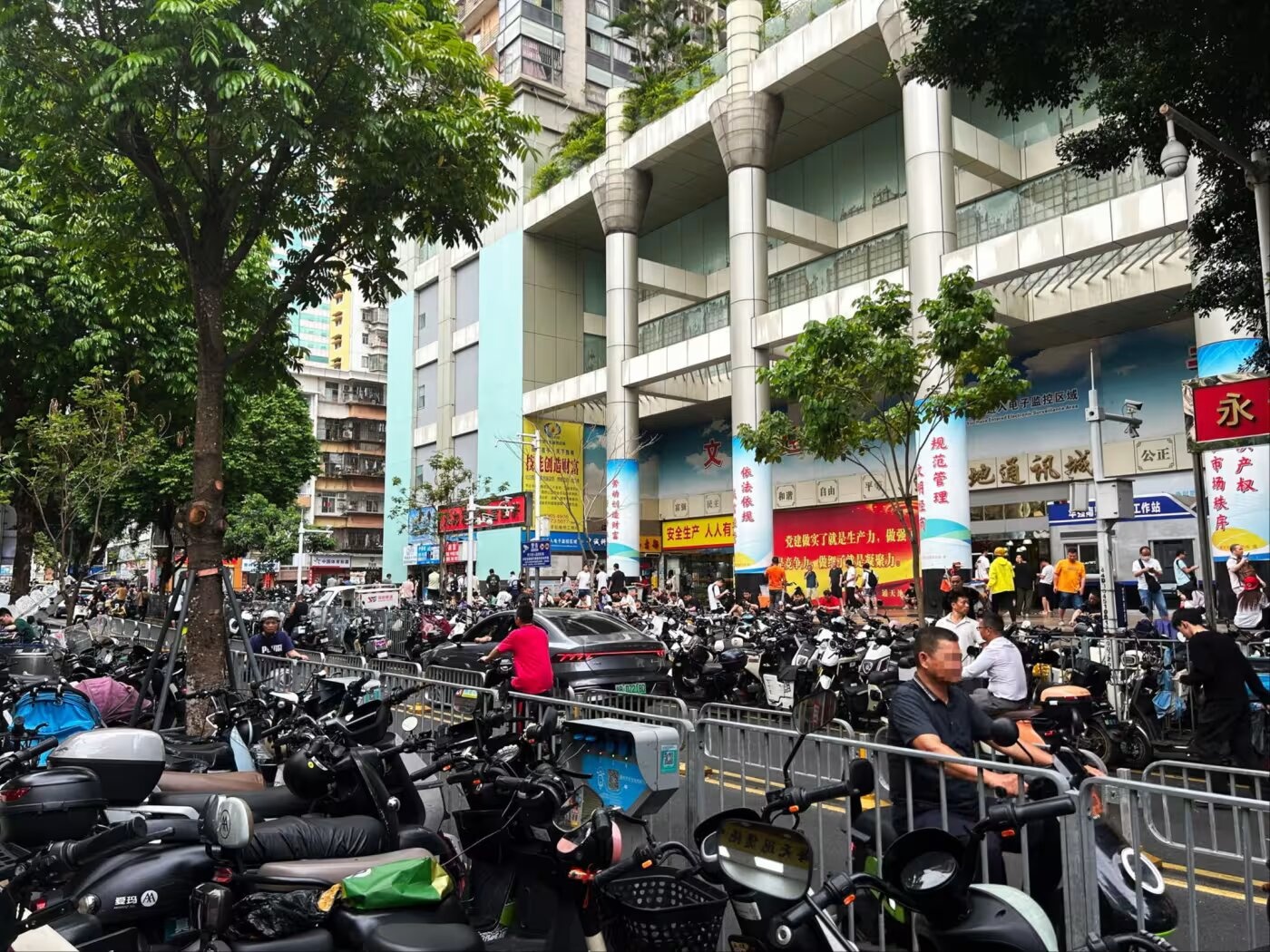 |
Entrance to the Feiyang Times building, which houses a market selling used iPhones. |
Turn trash into gold
In Shenzhen, every part of a phone—the screen, the motherboard, the chip, even the plastic casing—is consumable. Technicians disassemble the phone, inspect the components, sort them, and then sell them to other repair shops or use them to build new phones.
Even devices that are completely locked and unusable are not discarded. They are considered “electronic resources”, and there are always people willing to buy them at low prices and profit from each screw.
Feiyang is not the only place. The entire Huaqiangbei area, about 3 square kilometers in size, is a giant "technology black market." Hundreds of kiosks sell used phones.
However, traders in the area confirmed that Feiyang specializes in selling cheaper international iPhones, which are either locked to a network or lack accessories. Such iPhones are highly sought after in middle-income countries, where users only need phones with good cameras, smooth web browsing, and do not care about making calls or using 4G.
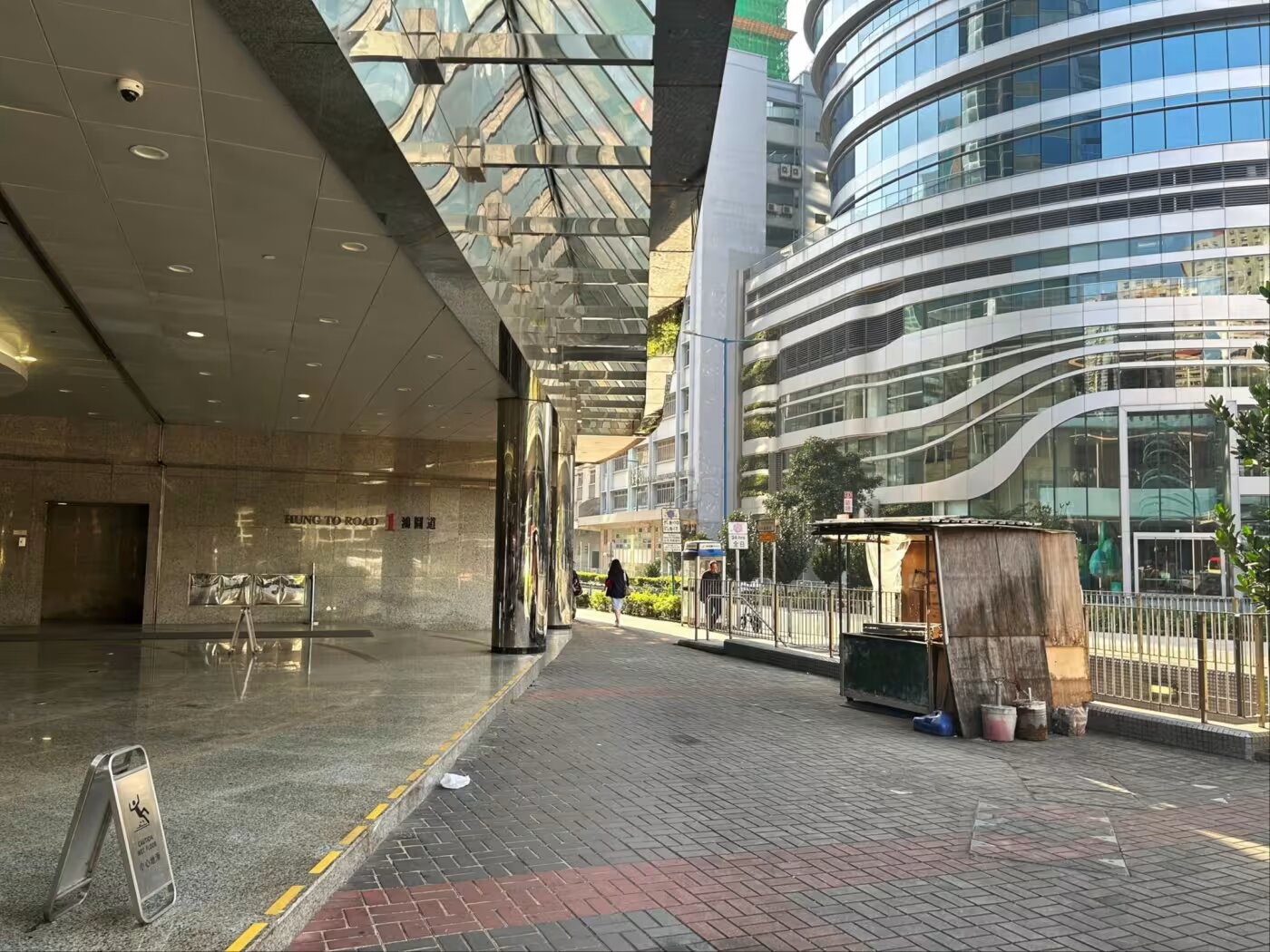 |
Entrance to No. 1 Hung To Road in Hong Kong, where there are several lines selling used technology. |
Gateway for cross-border smuggling
Before Shenzhen, most lost and used iPhones were collected in Hong Kong. At a 31-story industrial building on Hung To Road (Kwun Tong), hundreds of international traders—from mainland China to Türkiye to the Philippines—bid on phones via apps like WhatsApp, WeChat, and Facebook.
Shipments are clearly divided by status: “Has ID”, “No ID”, “iCloud Locked”, helping buyers easily estimate possible profits.
Hong Kong plays a strategic role because of its free trade policy, no import and export duties, and simple customs. Transporting goods to Shenzhen is also not difficult: small lots can be carried in personal luggage, large lots are sent through “specialized logistics” companies - essentially a half-legal, half-underground transit system.
Many advertisements on Chinese social media openly offer services such as "cross-border parts smuggling", tax evasion or "cooperating with carriers" to bring goods into the country.
Kevin Li, a businessman from Shenzhen who regularly goes to Hong Kong to buy phones, said: "With iCloud-locked devices, the most important thing is to buy them at a price 70% cheaper than normal phones."
Then, depending on the condition, either remove the components and sell them separately, or find buyers in countries that accept using iPhones with incomplete functions.
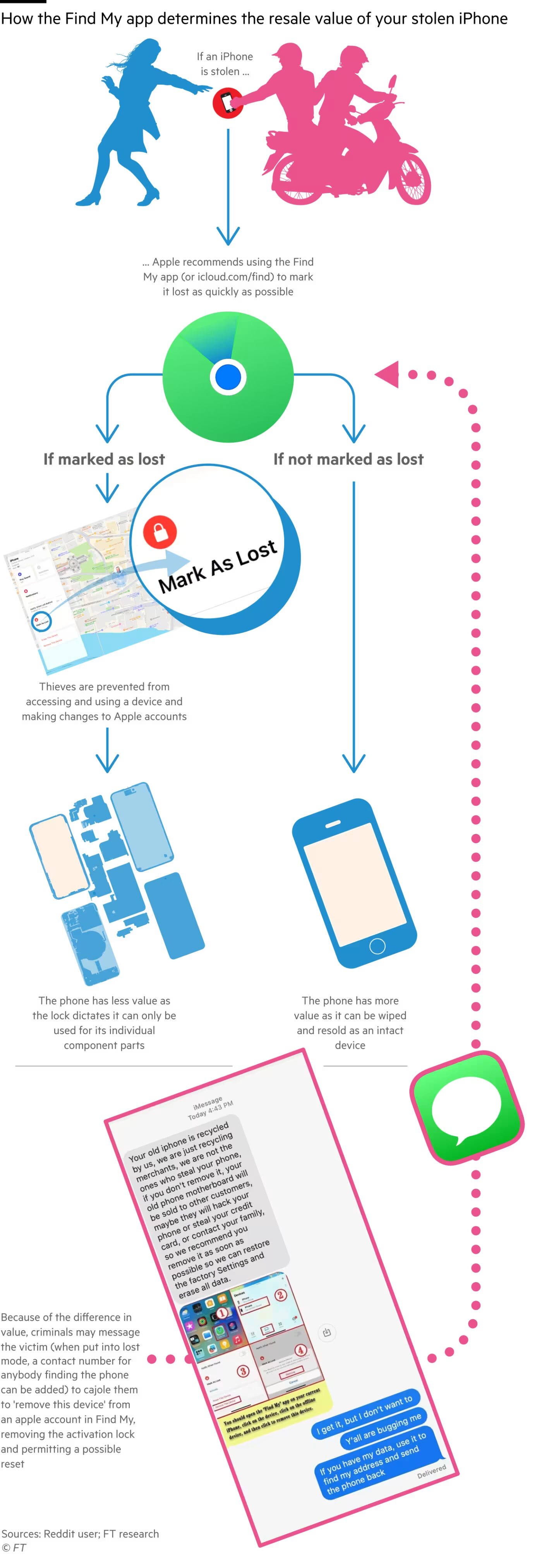 |
Li frankly admitted: "Most of the goods with ID are stolen machines. They come from the US, UK, through Hong Kong and are distributed everywhere, especially the Middle East and Asia."
Despite a crackdown on phone theft in many Western countries, with London estimating the loss to be more than £50m a year, the supply chain persists, thanks to strong demand and lucrative profits. In the old tech world , an iPhone—whether locked, broken, or “nobody”—is always a valuable commodity. And Huaqiangbei, with its Feiyang Times building at its centre, is still the place to resurrect them in unexpected ways.
Source: https://znews.vn/noi-tap-trung-iphone-bi-trom-tren-toan-the-gioi-post1554805.html



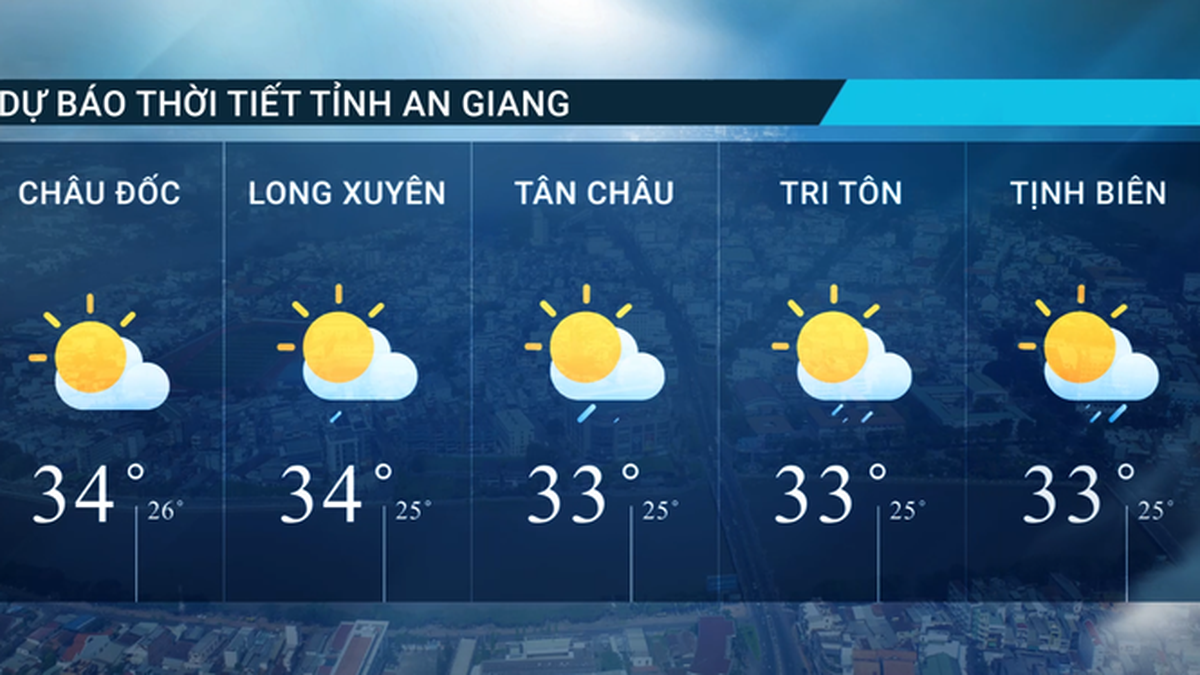





























































































Comment (0)